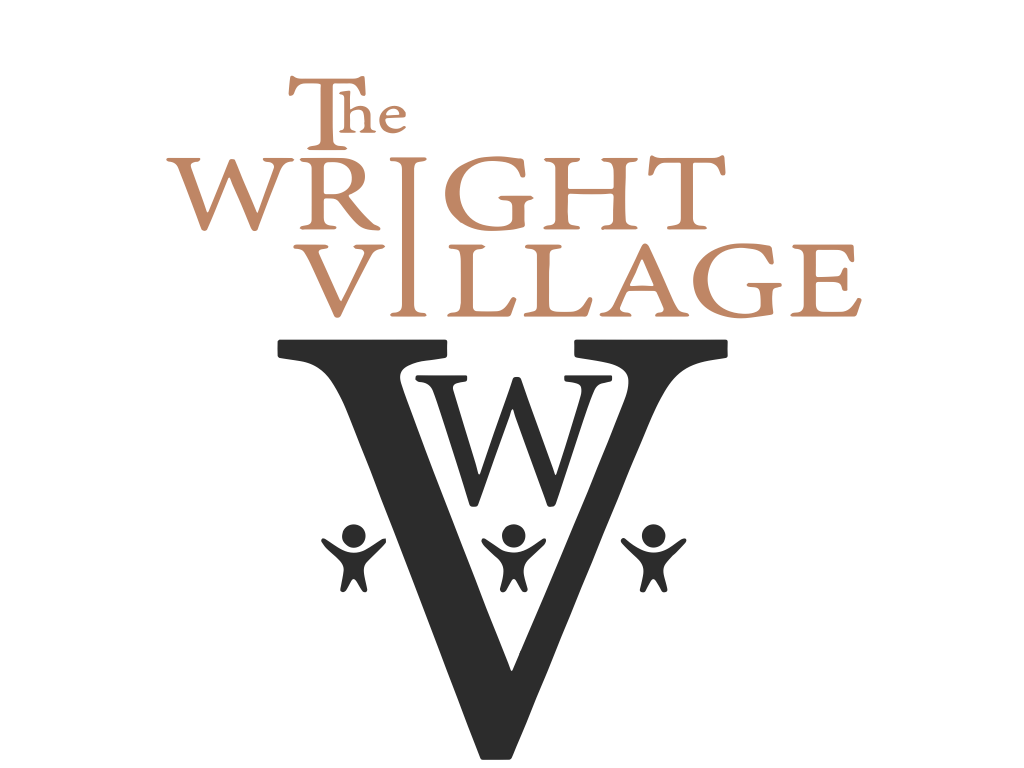How To Start A Podcast: Structuring Your Episodes
At The Wright Village, we are committed to the success and prosperity of all small business owners in the Raleigh, NC area. In this current digital age, podcasting can be a great marketing tool for small businesses. If done correctly, podcasting can allow small business owners to gain exposure to their brand as well as build a community of like-minded entrepreneurs.
However, for most, it can be difficult to know where to start. For that reason, we have put together this guide for how to produce a successful podcast: from start to finish. In this series, we’re going to walk you through every stage of launching your show, from planning to publishing. By the end, you’ll know exactly how to make a podcast, and hopefully be motivated to do it as soon as possible!
Check out the other installments to the series here:
How to Plan Your Name & Content
Structuring Your Episodes
Now that you have hammered out the details of the content you want to put out, it is time to structure your episodes. How long do you want your episodes to be? How often do you want to release episodes? What do you want each episode to be titled? Do you want to host the show alone or with a co-host?
If you don’t know the detailed answer to all of these questions, keep reading.
How long should a podcast episode be?
There is no right or wrong answer to this question, as length depends solely on content. DO NOT cut out good content to fit a certain time frame. Conversely, do not add filler content to make your episode longer.
How long does it need to be to get the message out? If you asked most podcast listeners, a “short” episode would probably be anything under 15 minutes. And a “long” episode would probably be anything over an hour. That leaves most podcast episodes clocking in between 15 and 60 minutes, with the “sweet spot” being between 20 and 45 minutes.
My advice to you: do not worry too much about these figures though. There is no hard and fast rule when it comes to episode length. Ultimately, that should be decided by your content and your audience.
If you have 50 minutes of valuable, relevant content, why chop it down to 20? Or likewise, if you’ve said everything you have to say in 10 minutes, why stretch it out to 30? In extreme cases, say you do an interview and it’s a fantastic conversation from start to finish but runs for 2 hours. You can always chop it in half and create two episodes.
As you get more episodes under your belt, your audience will let you know if they think your episodes are too long or too short.
How Often Should I Release New Episodes?
This question is one of the most commonly asked, and stumps most new podcasters. The most consistent thing I found in my research to answer this question is this…
“The best schedule is normally the most frequent one that you can stick to, on a regular basis. ”
If you can consistently post an episode once a month, that’s fine. Every two weeks? That’s better. Once per week? That’s ideal.
People thrive on routine and plan their lives around what day of the week it is. This is not to say that monthly or every-other-week shows can’t be effective, but there is definitely power in tapping into being part of your audience’s routine.
That said, sticking to a deadline just for the sake of it is pointless. You’ll have a bigger impact if you put out one excellent episode a month instead of a very average episode every week.
What about podcasting in seasons?
Starting a podcast doesn’t have to be like jumping on a treadmill, where you have to get a new episode out every week/2 weeks/month. You can take a page out of TVs book and podcast in seasons.
Seasonal podcasting can get you off that publishing treadmill and bring a sense of thematic drama to your show. You could pick a theme/topic and podcast 6-12 episodes on that topic, then take a break for about a month or two. After the break, you could launch another series of 6-12 episodes about a different topic. Wash. Rinse. Repeat.
Some of my favorite seasonal podcasts are Serial, Revisionist History, and In The Dark. Check these out for examples of podcasts that tell stories in seasons.
If you are interested in podcasting in seasons, ThePodcastHost wrote a fantastic guide that can help you. Click here to read it.
How Do I Choose Good Episode Titles?
Just like choosing a title for your podcast, choosing a good, descriptive, searchable title for each episode is important.
The gravest mistake podcasters make when naming their show episodes, is to title them “Episode 1”, “Episode 2”, etc… While easy and quick, these titles tell the listener nothing about what they are about to hear. The whole point of creating a podcast is for people to click on it and listen, but most people won’t click if the title is not descriptive.
Furthermore, a descriptive title significantly increases your searchablity and visibility on search engines. If you look in any podcast directory, you will see many shows with titles like “How To…” and “Top Five …”, etc… These are popular because they are attention grabbing and they work at getting people to click.
The “How To” and “Five Tips for…” formats make structuring your episodes simple and concise. For example, if you are podcasting about “How To Write A Blog Post”, you can make yourself a bulleted list of points you want to hit and then make sure you talk about it in your episode. This way you make sure you are delivering in your episode what you promised in the title.
The extra benefit of this is that platforms like iTunes, Spotify, and more allow you to search by episode name. Therefore, you can show up not only for the terms in your podcast title, but also for the keywords in your episode names. That gives you a whole extra level of reach, if your episodes have good titles.
How Should I Format My Show?
Similar to podcast length, the format of your show is a personal decision and should have an “average” style, so your audience knows what to expect. You don’t have to stick to this format for every episode, but it’s good to stay consistent for the most part.
Since you are a beginning podcaster, the easiest way to get into your groove is to pick a style and stick with it. So, what are the show format options out there?
Solo Show
Also know as the “monologue”. Examples are Dan Carlin’s Hardcore History and Lore.
Benefits: You don’t need to rely on anyone else to record your episodes, and you’re building a reputation as the authority on your subject. The podcast is also exclusively yours, so you can make calls on sponsorship and monetization. And you don’t need to split the profits with anyone.
Challenges: Perhaps the most intimidating style of show for the beginner podcaster. One of the biggest challenges of the solo show is getting over the feeling that you’re ‘talking to yourself’ and realising that you’re actually talking to the listener.
Co-Hosted Show
Presenting alongside a friend or colleague. Examples are Martinis and Murder and Mama Said.
Benefits: A great way around the ‘mic fright’ or recording alone is to chat on the show with someone else. If you find the right co-host you have someone to bounce off, debate, or even mock (don’t be too mean!). Some co-hosted podcasts have great chemistry between the presenters. This can create a first class listening experience.
Challenges: Not only do you need to set aside time to record, but that time must also be suitable for your co-host. There’s also the question of ownership: who’s podcast is it? Do you split any future income 50/50? And what happens if your co-host loses interest or becomes unavailable in the future?
Interview Style
‘Borrowing’ the expertise or entertainment value of others. Examples are The Adam Buxton Podcast and The Kingcast.
Benefits: Doing an interview show gives you the opportunity to have a chat with someone you’ve always looked up to. On top of this, your guests will have their own audiences who may listen to the interview and end up subscribing to your show. If done right, you can really grow an audience this way.
Challenges: Interviewing is a skill that you’ll need to hone through practice, so don’t approach the A-listers in your field straight away. You’ll need to constantly find and approach potential guests, schedule interviews, and rely on others to show up (in person or digitally). You also need to rely on technology (like Skype) to work properly throughout each call. It can be hard to maintain a consistent posting schedule if interviewing is your main style of the show.
Other Styles That May Interest You
Finally, there are a bunch of other formats that aren't so commonly used, but might suit you well.
Roundtable- One regular host and a number of guests, talking through one specific topic (The Roundtable Podcast)
Documentary- A narrator walks you through a range of interviews, conversations and on-location clips to paint a picture (This American Life)
Docu-Drama- A mix between drama and documentary. Offering learning and info, but in an entertaining way (S-Town Podcast)
How We Can Help
At the Wright Village, we are committed to the success of all small businesses, specifically in the Raleigh NC area. We have a room dedicated to podcast creation, complete with equipment and sound-proof walls.
You can rent the room for $75/hour and all equipment is included. Use the tools we mentioned in this article to plan your content, and come prepared to record. We cannot wait to see your podcasting dreams become a reality.
















